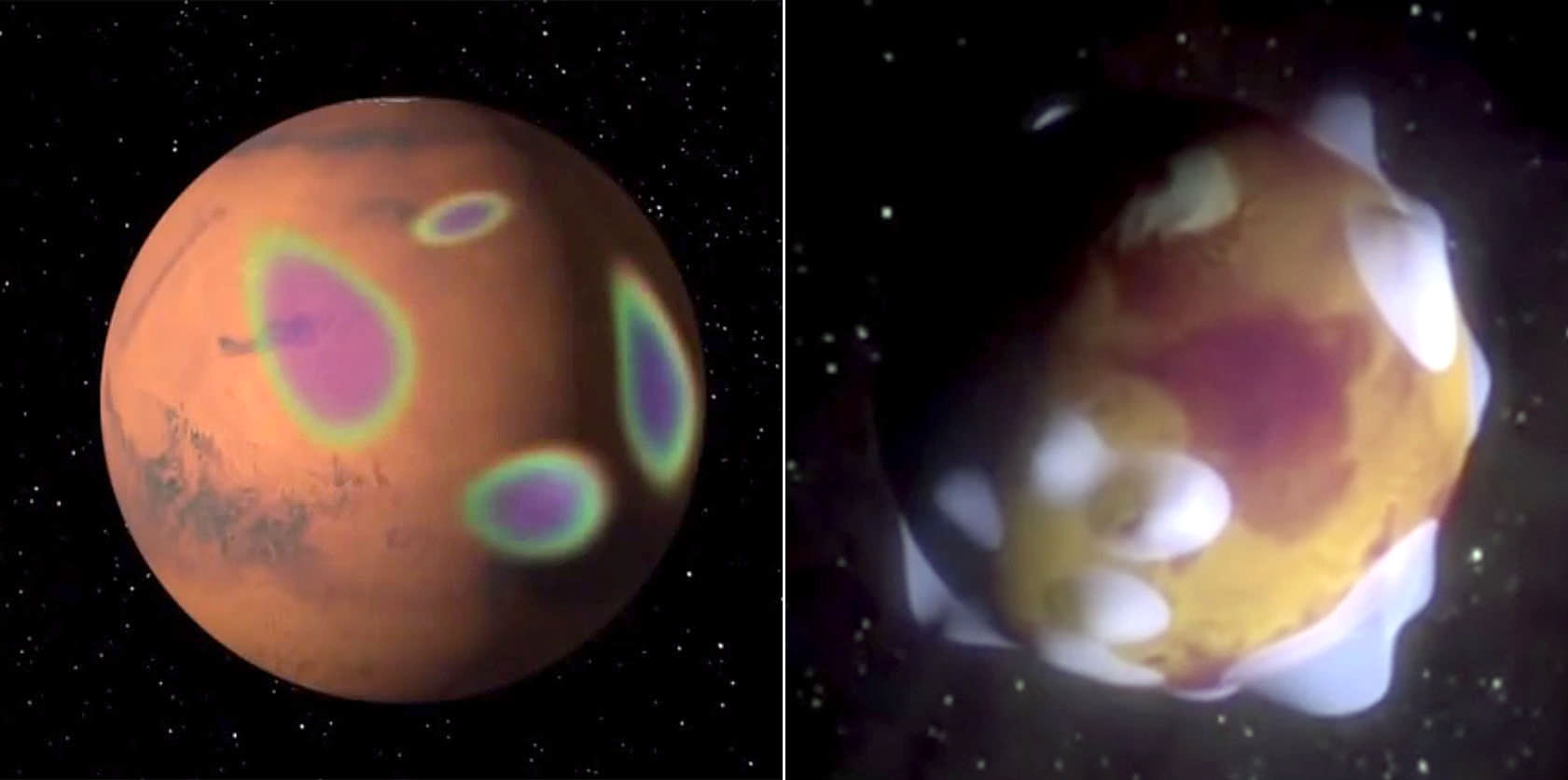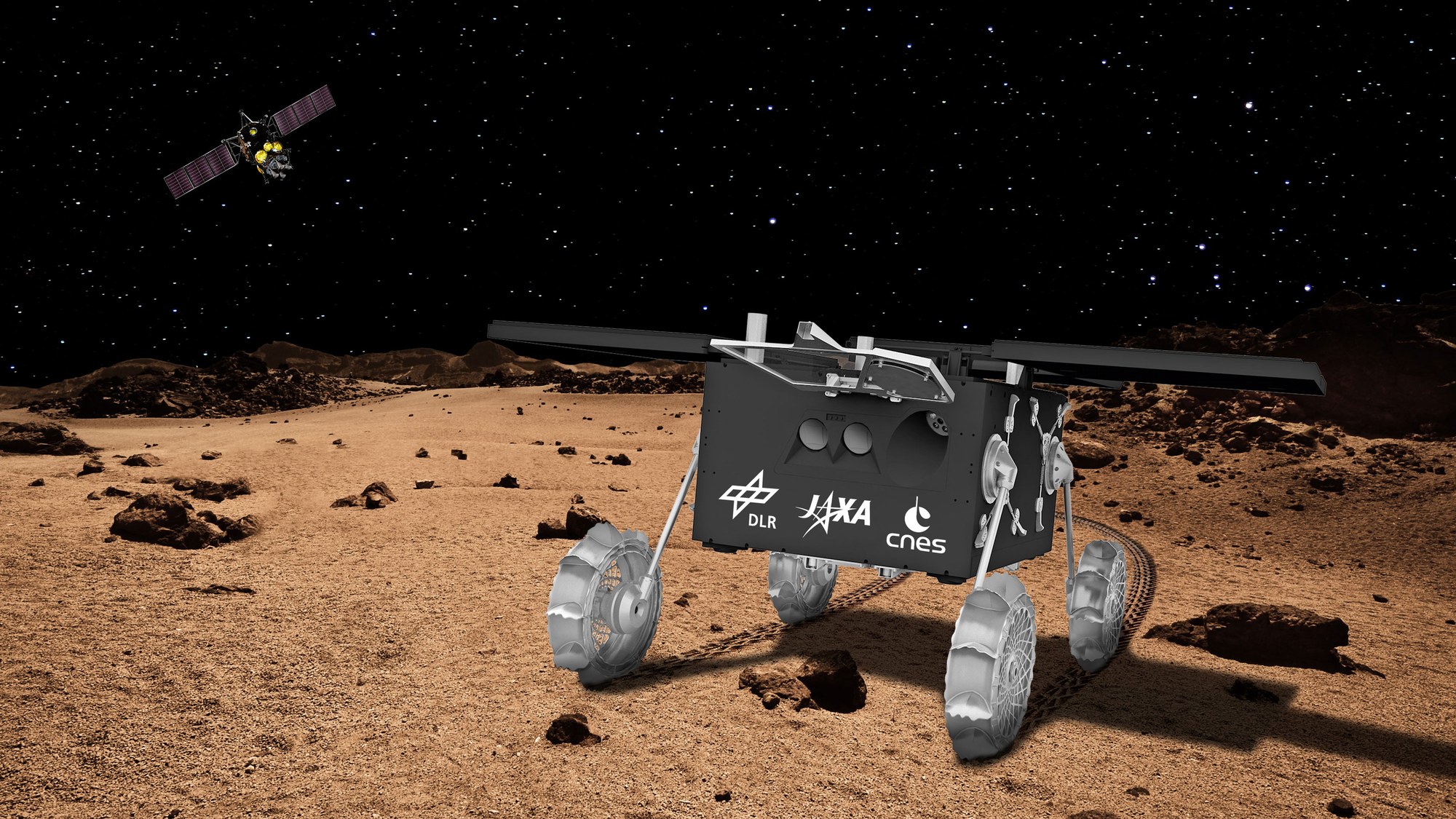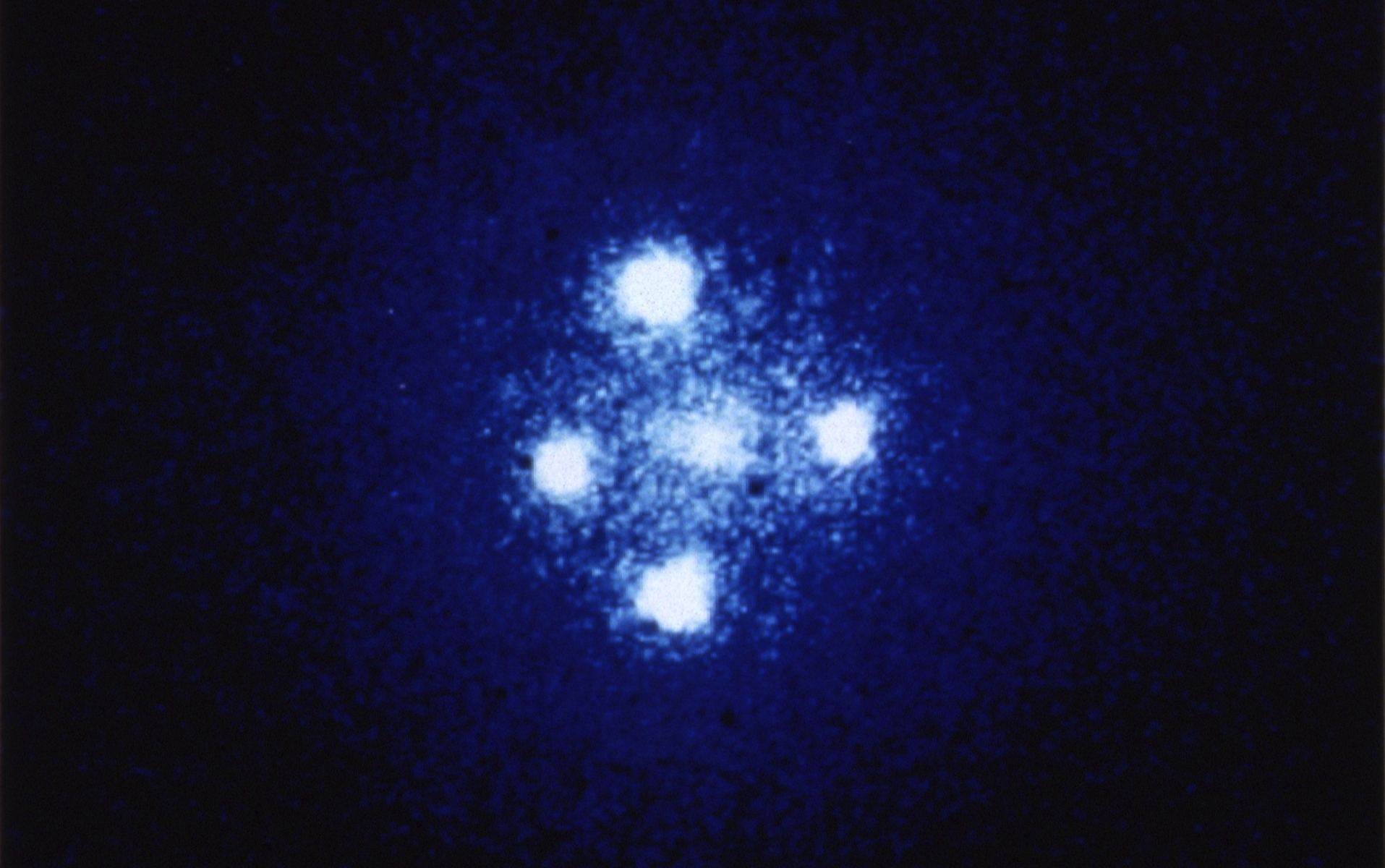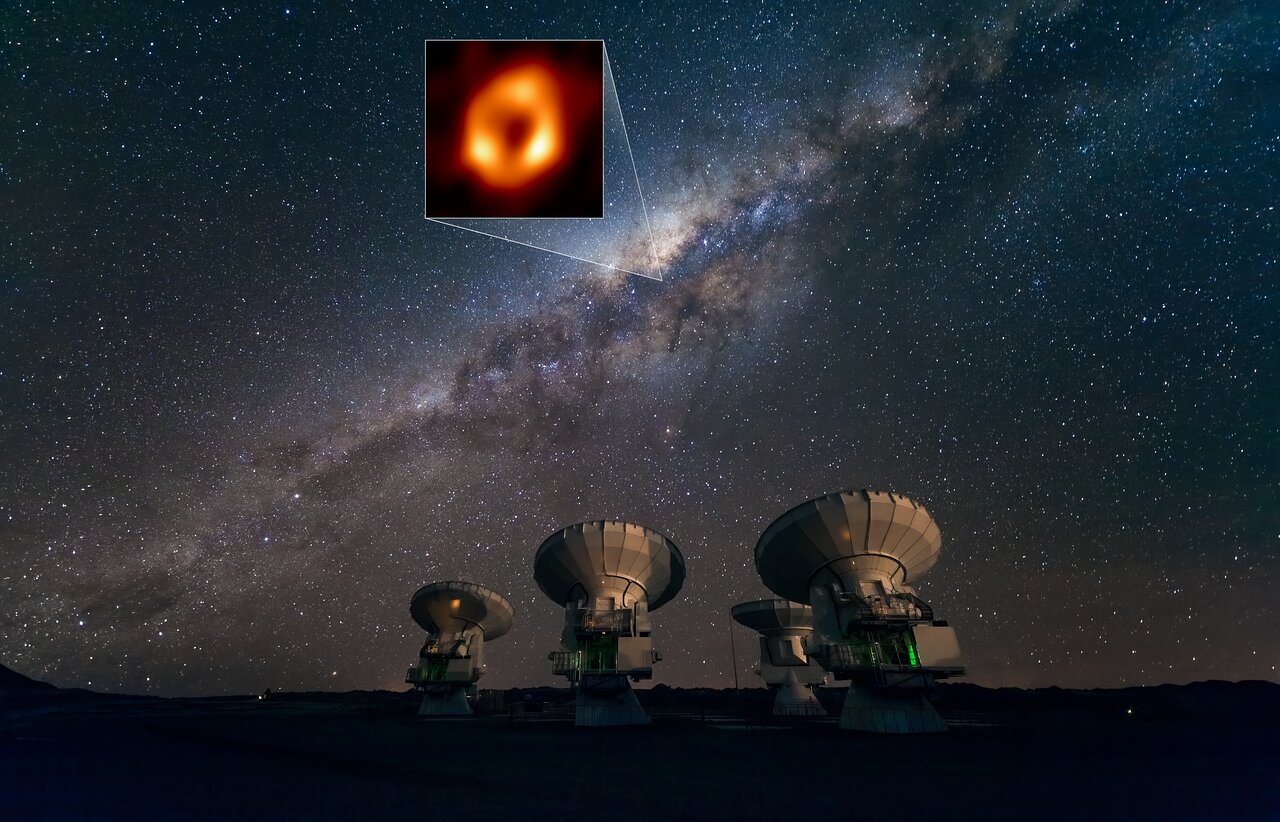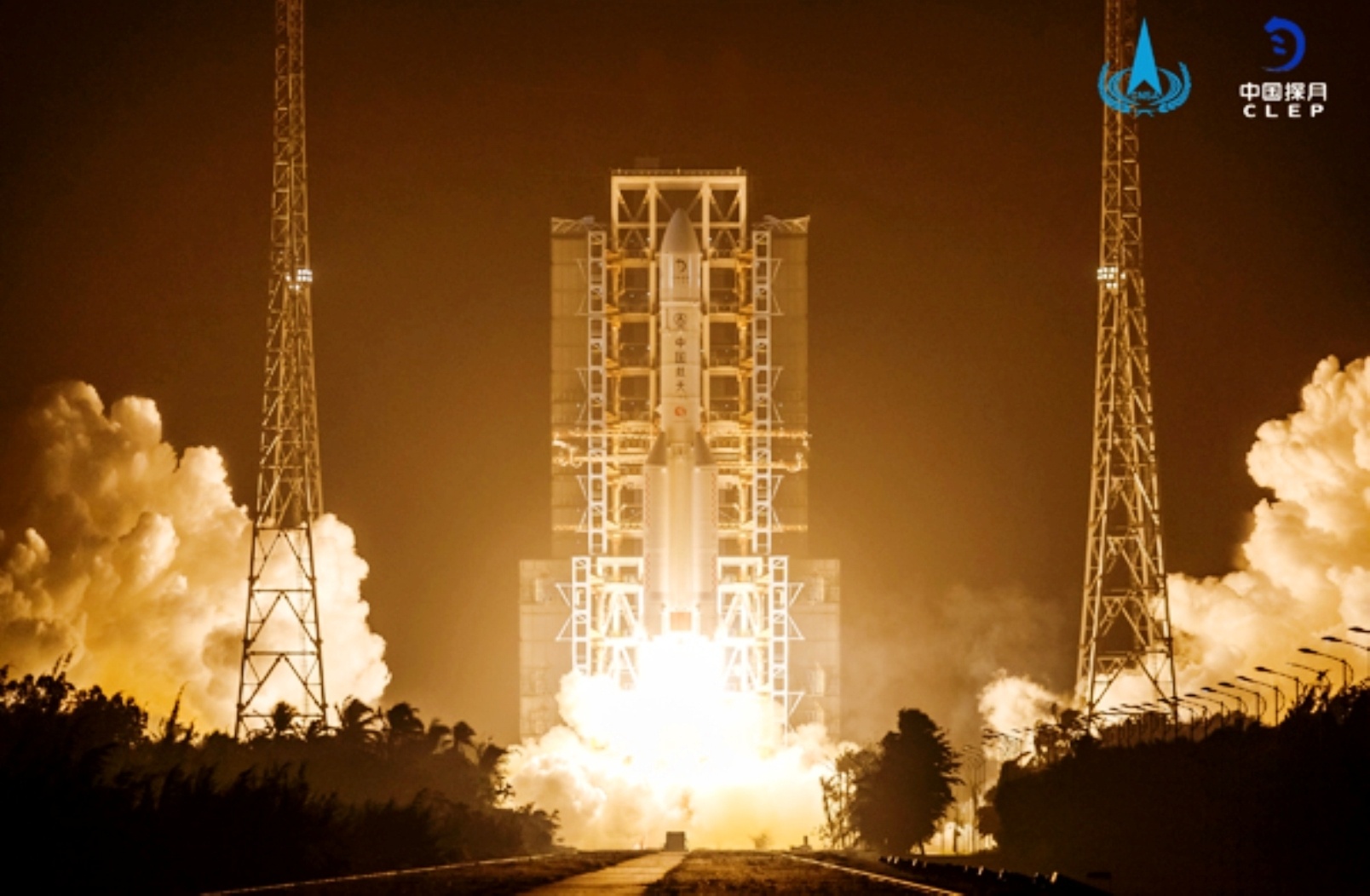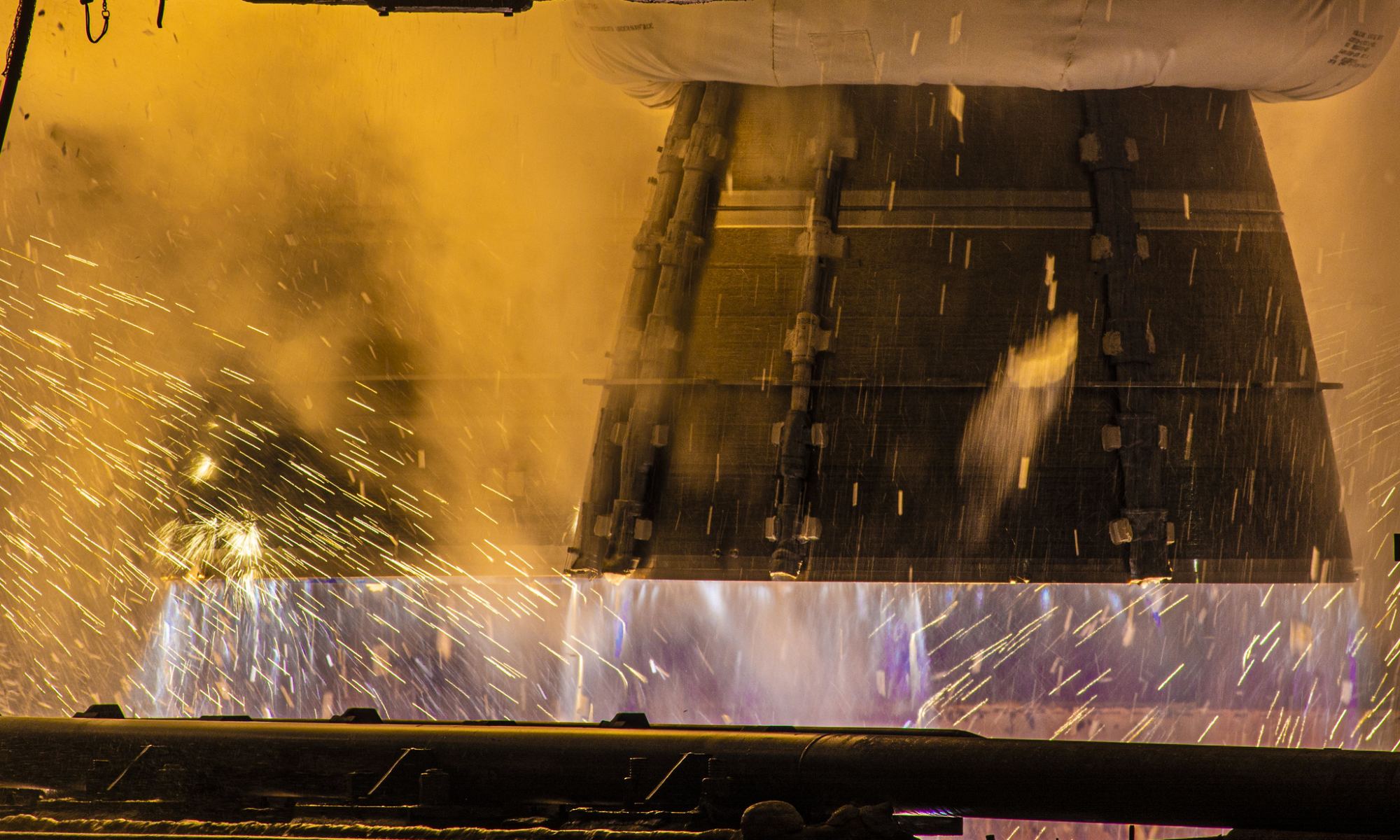The Zhurong rover has operated on the surface of Mars for over a year since it deployed on May 22nd, 2021. Before the rover suspended operations on May 20th, 2022, due to the onset of winter and the approach of seasonal sandstorms, Zhurong managed to traverse a total distance of 1.921 km (1.194 mi). During the first kilometer of this trek, the rover obtained vital data on Mars’ extremely weak magnetic fields. According to a new study by researchers from the Chinese Academy of Science (CAS), these readings indicate that the magnetic field is extremely weak beneath the rover’s landing site.
Continue reading “Mars Lacks a Planet-Wide Magnetosphere, but it Does Have Pockets of Magnetism”Mars Lacks a Planet-Wide Magnetosphere, but it Does Have Pockets of Magnetism
